#écoles
Explore tagged Tumblr posts
Photo

18 décembre 820 : mort de Théodulfe d’Orléans, acteur de la « Renaissance carolingienne » ➽ http://bit.ly/Theodulfe-Orleans Honorant le siècle d’Alcuin et la province où ses travaux apostoliques et littéraires lui acquirent droit de cité, le savant évêque fut dans l’Orléanais un des plus actifs coopérateurs de Charlemagne et s’attacha à l’instruction du peuple en imposant aux prêtres, rémunérés par les seuls dons, de tenir de petites écoles
#CeJourLà#18Décembre#Théodulfe#Orléans#renaissance#carolingienne#instruction#peuple#écoles#prêtres#biographie#histoire#france#history#passé#past#français#french#news#événement#newsfromthepast
2 notes
·
View notes
Text
Toutes les informations sur la "Méthode Russe de Monte-Carlo de Lorena Baricalla" pour les Ecoles qui souhaitent pouvoir proposer à leurs élèves un Programme d'Etudes Académique sérieux et efficace pour les former à des Niveaux Professionnels ou Amateurs de qualité.
2 notes
·
View notes
Text
Ce jeudi 28 novembre au centre culturel de Huy ! 📣
#cyberharcèlement#harcèlement#prévention#sensibilisation#école#écoles#enseignement#éducation#education
0 notes
Text
J'ai fait un rêve.
Je devais avec mon école passer des examens scolaires pendant deux jours en France et je me suis perdu dans l'école c'était immense. J'avais deux sacs avec Moi et j'ai perdu un sac. J'ai finalement téléphoné à Mon PAPA Noël Van Winnendaele pour lui dire que j'étais perdu. Il y avait un endroit avec 3 drapeaux. C'était une zone à la frontière. Et je me suis réveillé un peu avant de prendre un avion pour rentrer. J'étais près d' un escalier amovible. L'avion pour rentrer était à côté de Moi
0 notes
Text
Les étudiants stagiaires de l'UEH protestent pour leurs droits
Les étudiants stagiaires des différentes entités de l’Université d’État d’Haïti (UEH), notamment ceux de l’École Normale Supérieure (ENS), se mobilisent pour réclamer leurs salaires et leur nomination comme enseignants dans les écoles publiques. Cette manifestation s’inscrit dans un contexte de frustration croissante à l’égard de la gestion du ministère de l’Éducation nationale et de la Formation…
0 notes
Text
FUTURE VILLE DE BANDUNDU, RÉPUBLIQUE DÉMOCRATIQUE DU CONGO
Concept oyo ya ville congolaise ya Bandundu ezali vision oyo naza nango pona développement urbain ya République démocratique du Congo, concept oyo ekosalelama na ba parties misusu ya RDC. Concept ville oyo ya Bandundu eza na ba intérieurs lokola ba magasins, ba stades, ba écoles, ba restaurants, ba hôpitaux, ba commissariat ya police et ainsi de suite. Mituka nionso na ba avions eza en ordre ya…

View On WordPress
#écoles#Bandundu#city of Bandundu#commissariats#Congo#congolais#Congolaise#Congolese#Congolese city#Congolese city of Bandundu#Congolese multimedia#Congolese people#développement urbain ya République démocratique du Congo#de ville congolaise de Bandundu#Democratic Republic of the Congo#DR Congo’s creative industries#DRC#filmage#filmmaking#hospitals#industries créatives ya DR Congo#la production de films#la production de vidéoclips#le développement de jeux informatiques#le développement urbain de la République Démocratique du Congo#magasins#multimédia congolais#negative propaganda#peuple congolais#plateformes multimédias congolaises
0 notes
Text
Alerte à la bombe : Fermeture de multiples écoles du réseau Wallonie-Bruxelle
Alerte à la bombe : Fermeture de plusieurs écoles du réseau Wallonie-Bruxelles Une vingtaine d’écoles bruxelloises et du Brabant wallon affiliées au réseau Wallonie-Bruxelles Enseignement ont été touchées par une alerte à la bombe, entraînant leur fermeture ce lundi matin, selon les indications fournies par le Pouvoir organisateur. Cette mesure concerne environ 10 000 élèves, d’après une…

View On WordPress
#Alerte#Bombe#Brabant wallon#Bruxelles#Communauté scolaire#Écoles#Évaluation#Fermeture#Mesure#Police#Principe de précaution#Réseau Wallonie-Bruxelles#Sécurité
0 notes
Text
On the 35th anniversary of The École Polytechnique massacre never forget the 14 women who were killed for being women in science
The École Polytechnique massacre (French: tuerie de l'École polytechnique), also known as the Montreal massacre, was an antifeminist mass shooting that occurred on December 6, 1989 at the École Polytechnique de Montréal in Montreal, Quebec. Fourteen women were murdered; another ten women and four men were injured.
Perpetrator Marc Lépine, armed with a legally obtained Ruger Mini-14 semi-automatic rifle and hunting knife, entered a mechanical engineering class at the École Polytechnique. He ordered the women to one side of the classroom, and instructed the men to leave. After claiming that he was "fighting feminism", he shot all nine women in the room, killing six. The shooter then moved through corridors, the cafeteria, and another classroom, specifically targeting women, for just under 20 minutes. He killed eight more women before ending his own life. In total, 14 women were killed, and 14 others were injured.
The massacre is now widely regarded as an anti-feminist attack and representative of wider societal violence against women; the anniversary of the massacre is commemorated as the National Day of Remembrance and Action on Violence Against Women. After the attack, Canadians debated various interpretations of the events, their significance, and the shooter's motives. Other interpretations emphasized the shooter's abuse as a child or suggested that the massacre was the isolated act of a madman, unrelated to larger social issues
The incident led to more stringent gun control laws in Canada, and increased action to end violence against women. It also resulted in changes in emergency services protocols to shootings, including immediate, active intervention by police. These changes were later credited with minimizing casualties during incidents in Montreal and elsewhere. The massacre remained the deadliest mass shooting in Canada until the 2020 Nova Scotia attacks over 30 years later.[4]
Contents
Timeline
Sometime after 4 p.m. on December 6, 1989, Marc Lépine arrived at the building housing the École Polytechnique, an engineering school affiliated with the Université de Montréal, armed with a Ruger Mini-14 rifle and a hunting knife.[5] He had purchased the gun less than a month earlier on November 21 in a Checkmate Sports store in Montreal. He had told the clerk that he was going to use it to hunt small game.[6] He had been in and around the École Polytechnique building at least seven times in the weeks leading up to December 6.[5]
The perpetrator first sat in the office of the registrar on the second floor for a while, where he was seen rummaging through a plastic bag. He did not speak to anyone, even when a staff member asked if she could help him.[2] He then left the office and was seen in other parts of the building before entering a second-floor mechanical engineering class of about sixty students at about 5:10 p.m.[7] After approaching the student giving a presentation, he asked everyone to stop everything and ordered the women and men to opposite sides of the classroom. No one moved at first, believing it to be a joke until he fired a shot into the ceiling.[8][9]
Lépine then separated the nine women from the approximately fifty men and ordered the men to leave.[10][9] He asked the women whether they knew why they were there; instead of replying, a student asked who he was. He answered that he was fighting feminism.[9][11] One of the students, Nathalie Provost, protested that they were women studying engineering, not feminists fighting against men or marching to prove that they were better. He responded by opening fire on the students from left to right, killing six—Hélène Colgan, Nathalie Croteau, Barbara Daigneault, Anne-Marie Lemay, Sonia Pelletier, and Annie St-Arneault—and wounding three others, including Provost.[9][11] Before leaving the room, he wrote the word "shit" twice on a student project.[10]
The gunman continued into the second-floor corridor and wounded three students before entering another room where he twice attempted to shoot a female student. When his weapon failed to fire, he entered the emergency staircase where he was seen reloading his gun. He returned to the room he had just left, but the students had locked the door; he failed to unlock it with three shots fired into the door. Moving along the corridor, he shot at others, wounding one, before moving towards the financial services office, where he shot and killed Maryse Laganière through the window of the door she had just locked.[12][11]
The perpetrator next went down to the first-floor cafeteria, in which about 100 people were gathered. He shot nursing student Barbara Maria Klucznick near the kitchens and wounded another student, and the crowd scattered. Entering an unlocked storage area at the end of the cafeteria, the gunman shot and killed Anne-Marie Edward and Geneviève Bergeron, who were hiding there. He told a male and female student to come out from under a table; they complied and were not shot.[13]: 30 [11]
The shooter then walked up an escalator to the third floor where he shot and wounded one female and two male students in the corridor. He entered another classroom and told the men to "get out", shooting and wounding Maryse Leclair, who was standing on the low platform at the front of the classroom, giving a presentation.[13]: 26–27 He fired on students in the front row and then killed Maud Haviernick and Michèle Richard who were trying to escape the room, while other students dived under their desks.[11][13]: 30–31 The killer moved towards some of the female students, wounding three of them and killing Annie Turcotte. He changed the magazine in his weapon and moved to the front of the class, shooting in all directions. At this point, the wounded Leclair asked for help; the gunman unsheathed his hunting knife and stabbed her three times, killing her. He took off his cap, wrapped his coat around his rifle, exclaimed, "Oh shit", and then killed himself with a shot to the head, 20 minutes after having begun his attack.[14][13]: 31–32 About 60 unfired cartridges remained in the boxes he carried with him.[14][13]: 26–27
After briefing reporters outside, Montreal Police director of public relations Pierre Leclair entered the building and found his daughter Maryse's stabbed body.[15][16]
The Quebec and Montreal governments declared three days of mourning.[15] A joint funeral for nine of the women was held at Notre-Dame Basilica on December 11, 1989, and was attended by Governor General Jeanne Sauvé, Prime Minister Brian Mulroney, Quebec premier Robert Bourassa, and Montreal mayor Jean Doré, along with thousands of other mourners.
The Victims
Geneviève Bergeron (born 1968), civil engineering student
Hélène Colgan (born 1966), mechanical engineering student
Nathalie Croteau (born 1966), mechanical engineering student
Barbara Daigneault (born 1967), mechanical engineering student
Anne-Marie Edward (born 1968), chemical engineering student
Maud Haviernick (born 1960), materials engineering student
Maryse Laganière (born 1964), budget clerk in the École Polytechnique's finance department
Maryse Leclair (born 1966), materials engineering student
Anne-Marie Lemay (born 1967), mechanical engineering student
Sonia Pelletier (born 1961), mechanical engineering student
Michèle Richard (born 1968), materials engineering student
Annie St-Arneault (born 1966), mechanical engineering student
Annie Turcotte (born 1969), materials engineering student
Barbara Klucznik-Widajewicz (born 1958), nursing student
#December 6 1989#The École Polytechnique massacre (French: tuerie de l'École polytechnique)#The Montreal massacre#Canada#Quebec#Montreal#the National Day of Remembrance and Action on Violence Against Women#Gun violence#Make violence#Gun control#Men claim to protect women#But the men just obeyed and left their classmates in the hands of a gunman#Geneviève Bergeron (born 1968) civil engineering student#Barbara Daigneault (born 1967) mechanical engineering student#Anne-Marie Edward (born 1968) chemical engineering student#Maryse Laganière (born 1964) budget clerk in the École Polytechnique's finance department#Maryse Leclair (born 1966) materials engineering student#Anne-Marie Lemay (born 1967) mechanical engineering student#Sonia Pelletier (born 1961) mechanical engineering student#Barbara Klucznik-Widajewicz (born 1958) nursing student#Annie Turcotte (born 1969) materials engineering student#Hélène Colgan (born 1966) mechanical engineering student#Michèle Richard (born 1968) materials engineering student#Annie St-Arneault (born 1966) mechanical engineering student#Nathalie Croteau (born 1966) mechanical engineering student#Maud Haviernick (born 1960) materials engineering student
112 notes
·
View notes
Text

Lippizaner Horse Performing Levade
Date: [n.d.]
Description: Spanish Riding School
Part of Visual Arts Legacy Collection
94 notes
·
View notes
Text

Bonjour, bonne journée ☕️ 💼
Encrier et plume Sergent Major ✒️ 1956/57
Photo de Robert Doisneau
#photooftheday#photography#black and white#vintage#robert doisneau#école#écoliers#encrier#plume sergent major#bonjour#bonne journée#fidjie fidjie
75 notes
·
View notes
Text
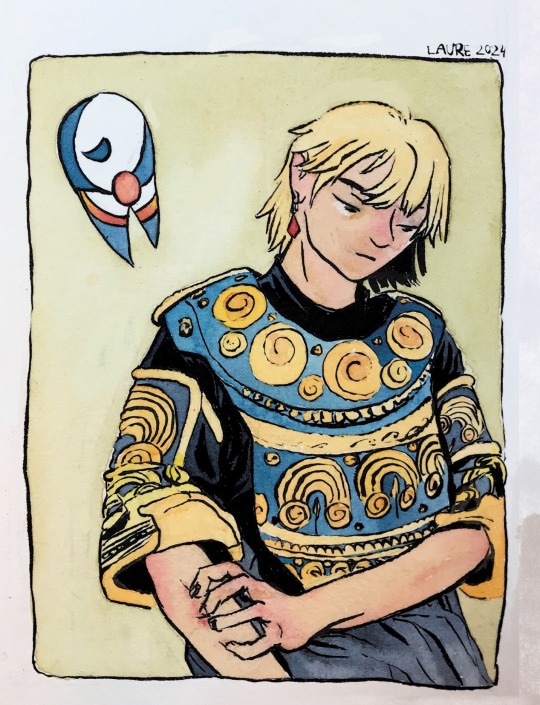
Kurapikaëlig


#replacement drawing pen arrived classes ending job searching fructuous laurearte is healing#been dying and cutting and giving myself bangs these two months … am I projecting myself on him…but tbh I look more like pariston#uh yeah so big Géo Fourrier and école de Pont aven ref on these#edgy bastard#Kurapika#kurta clan#pairo#hunter x hunter#hxh#hunter x hunter fanart#watercolor#Bretagne
92 notes
·
View notes
Photo

INSTITUTION | Rayonnement des universités françaises à l’étranger ➽ https://bit.ly/Rayonnement-Universites-Francaises En 1910, un chroniqueur du « Petit Parisien », observant l’affluence en France d’étudiants venus de tous les points du monde, y voit une reconnaissance de l’excellence des universités françaises qui renouent ainsi avec le temps glorieux où elles constituaient de souveraines dépositaires des trésors de la science
11 notes
·
View notes
Text

1975 Paris, école des Beau-Arts
#1975#Paris#école des beaux-arts#vintage#analog photography#film photography#1970s#photography#original photographers#streetphotography#blackandwhite#pierre wayser
21 notes
·
View notes
Text

• Livre - Ressource •
Étant petite, je me suis toujours sentie différente des autres. Je n'avais pas les mêmes centres d'intérêts, les mêmes besoins ou encore les mêmes envies. J'ai toujours eu mon propre style et je ne suivais pas les tendances du moment. En clair, je restais moi-même.
Très tôt à l'école, j'ai été victime de rejets, de critiques ou encore de jugements.
Ce livre décrit l'impact qu'a eu le harcèlement scolaire sur mon état psychologique et les conséquences que celui-ci a engendrées. Il évoque également d'autres événements traumatisants auxquels j'ai été confrontée durant mon enfance et mon adolescence.
À partager, pour que mon expérience serve à d'autres...
#enseignement#harcèlement#prévention#sensibilisation#école#écoles#éducation#solidarité#témoignage#aurore delpech#the book edition
0 notes
Text
Menaces, ports d'armes, trafic.. Plus de 200 lycéens renvoyés
https://www.lessentiel.lu/fr/story/au-luxembourg-menaces-ports-darmes-trafic-plus-de-200-lyceens-renvoyes-103120447
Source: lessentiel.lu
0 notes
Photo

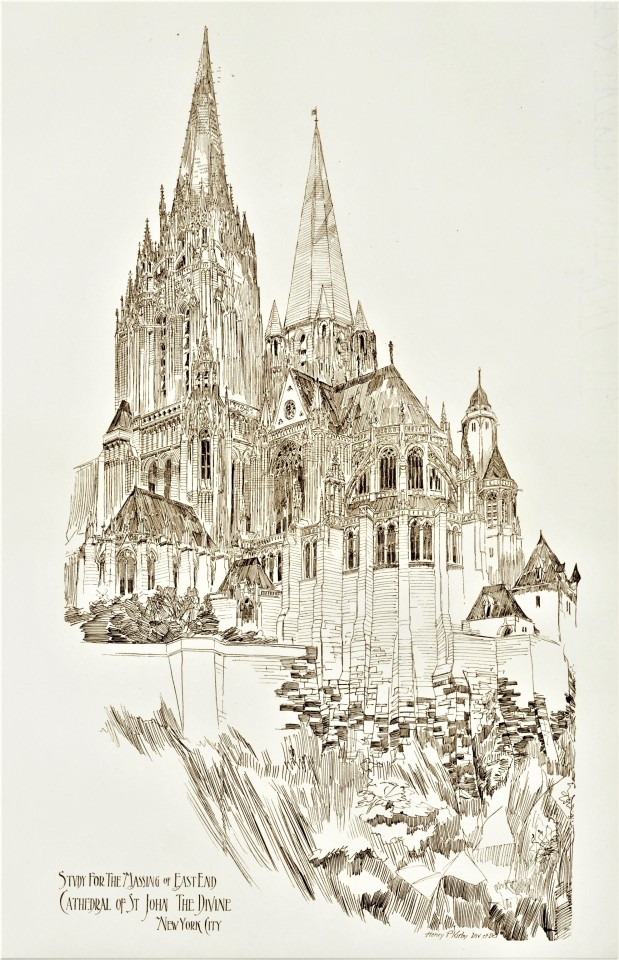
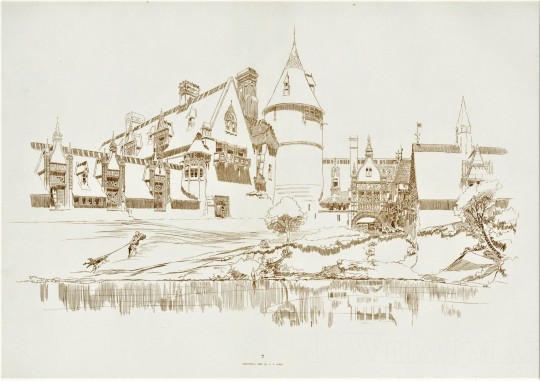
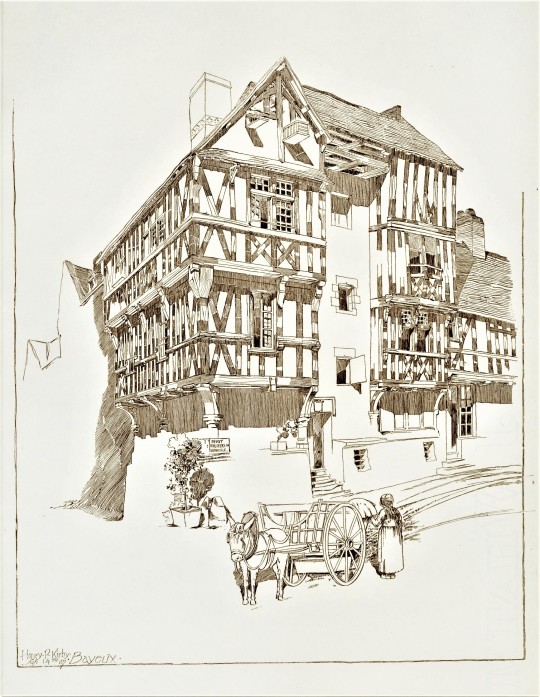
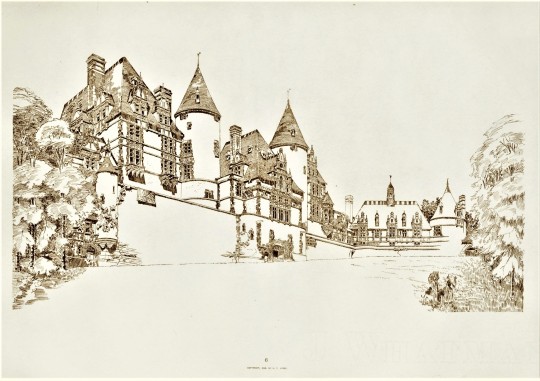
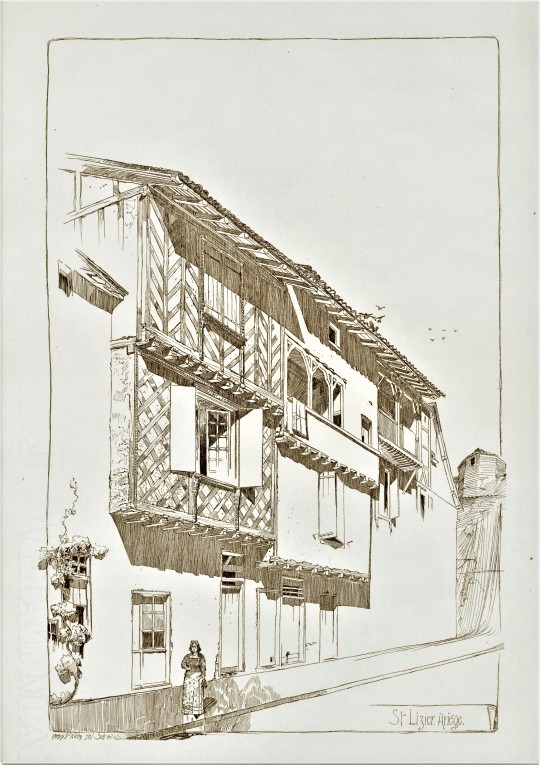

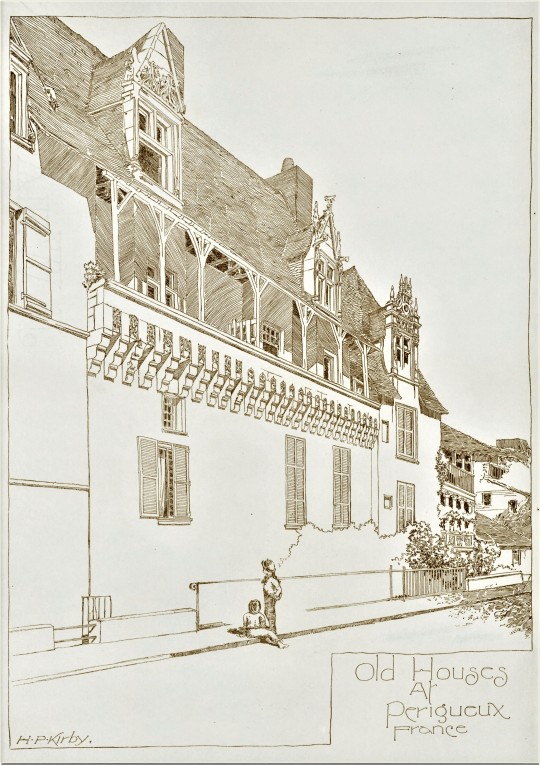
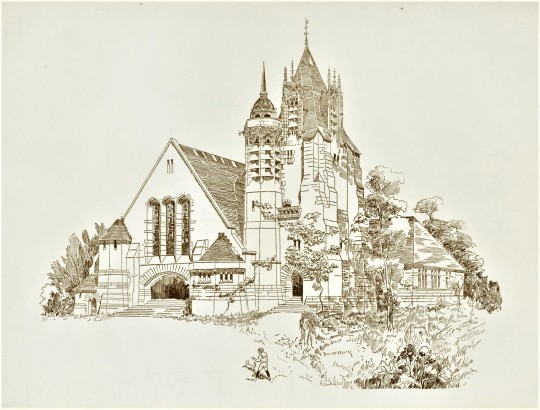
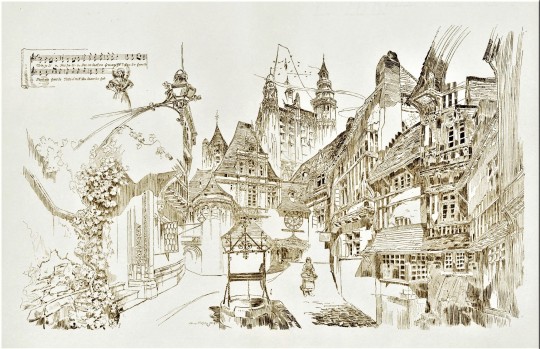
Decorative Sunday with Henry P. Kirby
These charming sketches are the work of New York architect Henry P. Kirby (1853 - 1915). Architectural Compositions contains fifty loose plates printed on Whatman paper and housed in a portfolio. It was published in Boston in 1892 by Bates, Kimball & Guild, publishers of one of the United State’s leading architectural journals of that time, The Architectural Review (Boston), not to be confused with the longer running Architectural Review still in publication out of London.
Kirby would have been working as a draftsman for George B. Post at the time of publication, for whom he later worked as lead designer before striking out on his own. Some of the subject matter also evokes Kirby’s time in France, where he studied at the École des Beaux-Arts after training with his father, also an architect. Per the subtitle, some of the sketches were “made in connection with actual projects,” while many were “the result of study during leisure moments.” I found Kirby’s eye for the human elements in his sketches particularly endearing, from the foreground figures to details on the buildings themselves, like open widows and overgrown foliage, or what looks like a duvet cover hanging out to dry (first image above).
For any music buffs reading, the final sketch includes some bars of "Très-jolie" from the opéra comique smash hit La Fille de Madame Angot.
Our copy of Architectural Compositions was gifted to UWM by Gustav A. Elgeti in 1966.
Find more Decorative Sunday posts here.
-Olivia, Special Collections Graduate Intern
#Decorative Sunday#Architectural Compositions#Henry P. Kirby#Henry Petit & Green#Bates Kimball & Guild#The Architectural Review#George B. Post#École des Beaux-Arts#La Fille de Madame Angot#decorative plates#decorative arts#beaux-arts#architecture#architectural drawings#architectural plates#olivia
432 notes
·
View notes